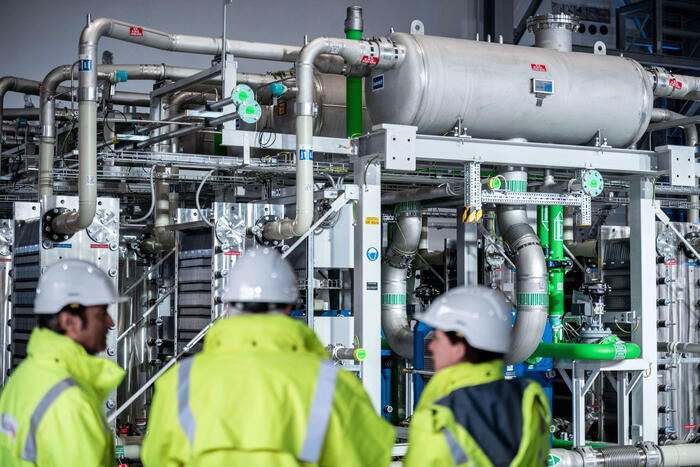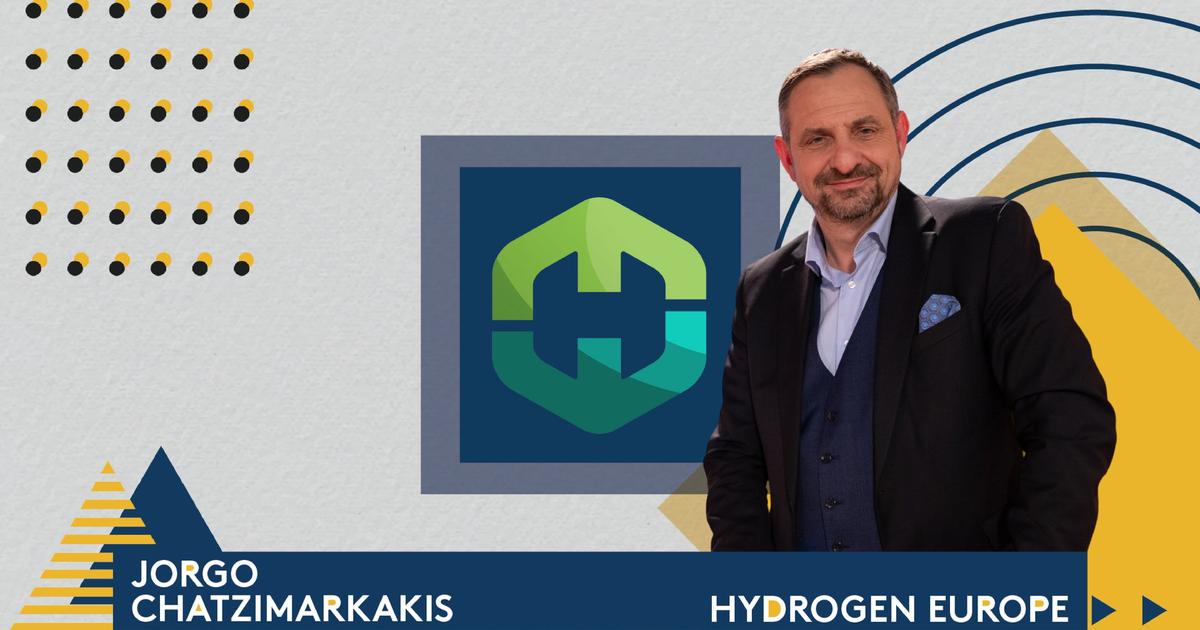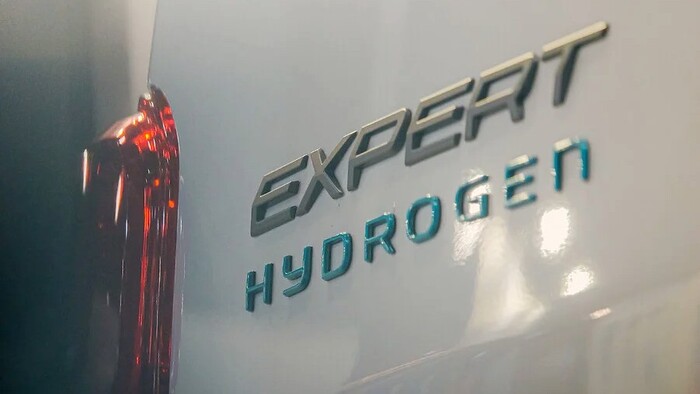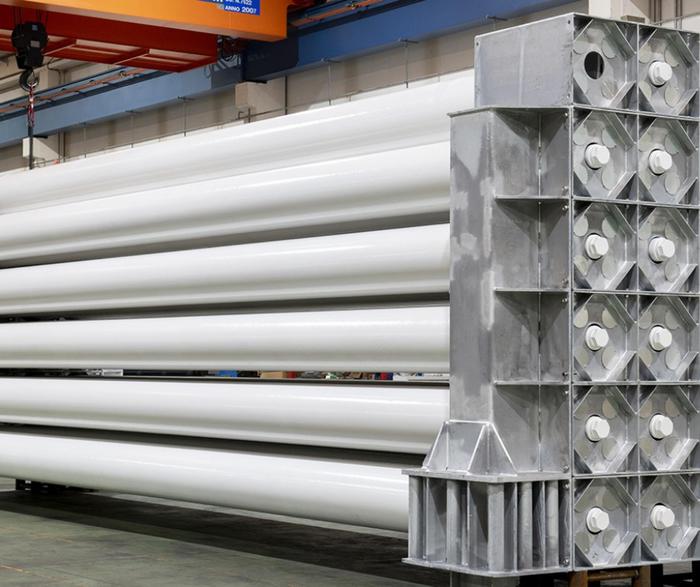Project that combines green hydrogen with wind and photovoltaic energy from Iberdrola.
The Government announced in December its intention to invest more than 1,500 million euros until 2023 to promote green hydrogen technology, with the aim of dragging a similar number from business projects and raising investment to 8,900 million in 2030. Only the response of the three large Spanish electricity groups (Endesa, Naturgy and Iberdola) exceeds the figures expected by the Ministry for the Energy Transition, which maintains a serious commitment to offer "early support" to a green energy source from the point of view environmental and technological.
The presence of European funds for their development has activated the investment plans with a thrust similar to the one that the premiums to renewables drove wind and photovoltaic parks in Spain more than a decade ago.
“What can be electrified, let it be electrified.
The rest, for hydrogen ”, indicate Ecological Transition sources, who assume that the call for expressions of interest to identify projects until 2023 has exceeded their expectations and the resources made available.
Aligned with the European strategy of total decarbonisation of all economic sectors in 2050, the Government does not see many more alternatives to eliminate emissions in industry and heavy transport.
Especially for the most valuable asset of hydrogen: its storage capacity to use it at times when certain renewables cannot be the solution to electricity generation.
And that the cheaper electricity from existing renewable sources (90%) in Spain can make it profitable enough to make it efficient.
Around 65% of the cost of hydrogen generation is carried by the necessary energy.
"In 10 years, hydrogen will replace all polluting fuels"
Airbus presents its first hydrogen-powered aircraft by 2035
The promise of hydrogen comes in fine print
"The aid is considered necessary because it enters into a process of technological development on the supply and demand side and responds to an objective for 2050. The question is whether production (premiums) or development is subsidized.
There are two models, ”says Manuel Calvo, Director of Energy at the Naturgy Foundation.
The executive is convinced that green hydrogen is the solution for that band of energy consumption that leaves electricity orphaned.
"It is an alternative with uncertainties, but either we start the road now or we are going to find a problem without a clear solution," says Juan Ramon Morante, director of the Catalonia Energy Research Institute, through Zoom.
As an energy source, hydrogen has two strengths in the face of the EU's New Green Deal: it burns to produce energy and instead of carbon dioxide - what fossil fuels emit - it releases water vapor into the atmosphere.
It can be a clean energy in greenhouse gas emissions.
But first you have to isolate it and store it.
Today the chemical industry already uses it in the production of ammonia, fertilizers or in refineries, in a consumption that will grow this decade due to the need of refining plants to avoid processes that emit sulfur and the increase in demand for fertilizers, but the The problem is that it gets it from natural gas and coal in a process that ends up emitting CO2 into the atmosphere.
That is the so-called gray hydrogen.
There is another type of hydrogen, called blue, in which its environmental balance flattens, capturing greenhouse gas emissions.
Green hydrogen
But the one that is in vogue now throughout the world, and the one that wants to lead from Europe and also in Spain, absolutely free of all emissions, is green.
The process is limited to the use of water and electricity.
The result is hydrogen and water vapor.
Along the way, electrolyzers are needed to break up water molecules, an industry yet to be developed to achieve economies of scale and cheaper prices.
Morante explains a case about the possibilities of decarbonisation that would only involve the elimination of the ten tons of gray hydrogen used in the Tarragona petrochemical plant: “In Tarragona three times more CO2 are emitted than in the rest of Catalonia due to the presence of the chemical industry .
The introduction of green hydrogen would allow 33% of the planned reduction of carbon dioxide in the Integrated Energy and Climate Plan ”.
The Spanish Government's roadmap establishes two stages for the consolidation of the new energy vector.
Until 2024, decarbonise the production of hydrogen that until now is powered by fossil fuels and create an appetite in other sectors for this technology.
Starting in 2025 and during the next five years, make green hydrogen competitive in price with gray and blue (and natural gas) and bring it to maturity.
It is a process similar to the one that Germany deployed in 2014.
“Technologically it is ready.
The only thing that is necessary is to lower costs.
The Government has said: 'I am going.
Who is coming?'
And all the companies of the Ibex-35 have answered affirmatively.
With this money the aim is to achieve demonstration projects that make technology cheaper and make it available to all users ”, explains Javier Brey, president of the Spanish Hydrogen Association.
Brey, a technology veteran, argues that the boost in hydrogen in Spain is a historic opportunity to end Spain's energy dependence, achieve a balance of payments not marked by the purchase of fossil fuels and play a key role in the market of the hydrogen of the future: “We can be self-sufficient thanks to our production of renewable energies, but we are also going to be able to export hydrogen to northern Europe, which will be a net importer.
To that we can add that we are going to be the country through which the hydrogen produced in Africa passes (through the current gas pipelines) and we are going to be able to export services and goods linked to the entire industry ”.
One of the problems that the hydrogen industry has is its relative inefficiency, having to manufacture the raw material.
“It is less efficient, but the question is whether or not it works for us,” says Brey, who says that using the word efficiency can even be “tricky”: “There are many ways to measure efficiency.
Is the weight of the batteries that charges an electric vehicle efficient?
Is having to wait hours to have the battery charged? "
The point is that a car battery today has an efficiency of 80%, while the hydrogen fuel cell remains at 30%.
Hence, hydrogen is only seen as an alternative for large volumes and long journeys.
But its use is also expected to generate heat in homes, replacing gas.

/cloudfront-eu-central-1.images.arcpublishing.com/prisa/RWL2LNDZ3NHCNPA4OQ4GI6DPLU.jpg)













